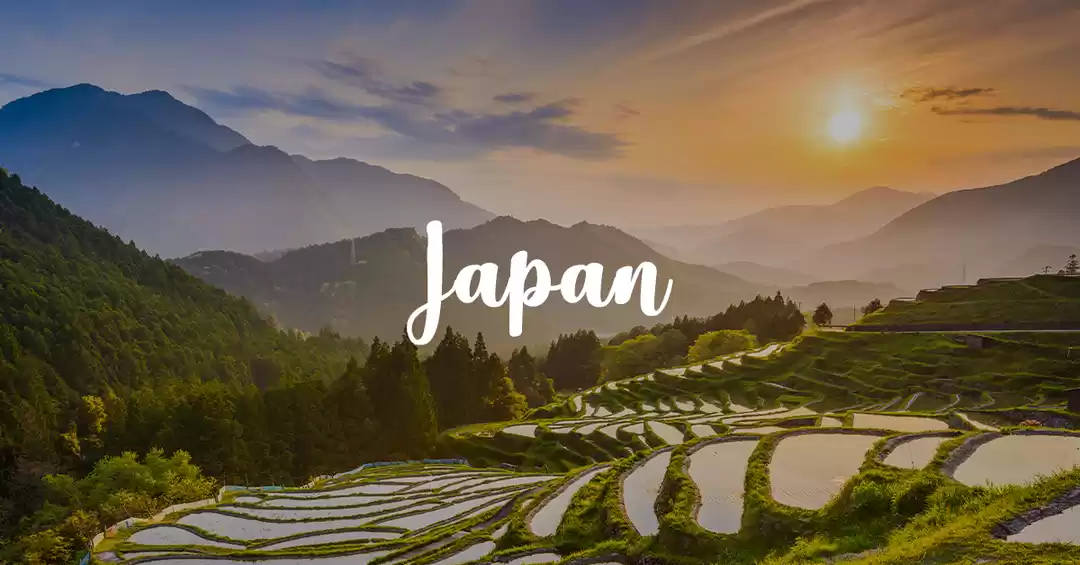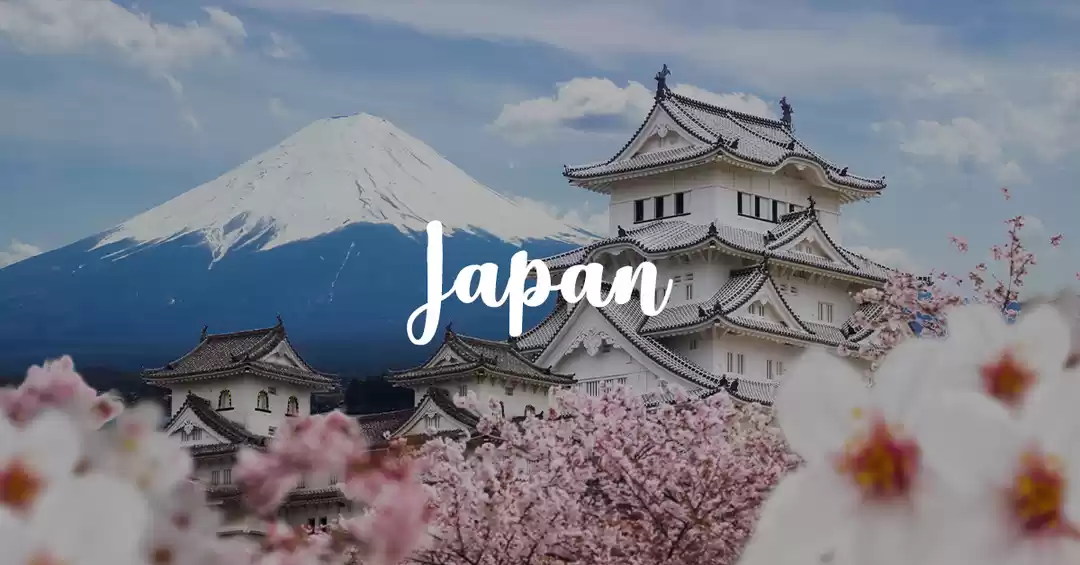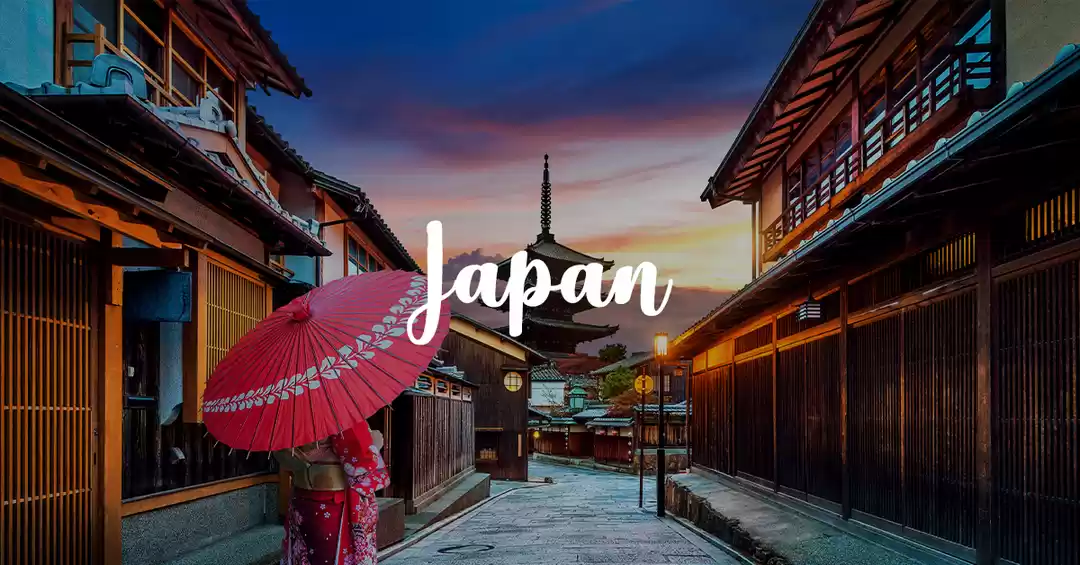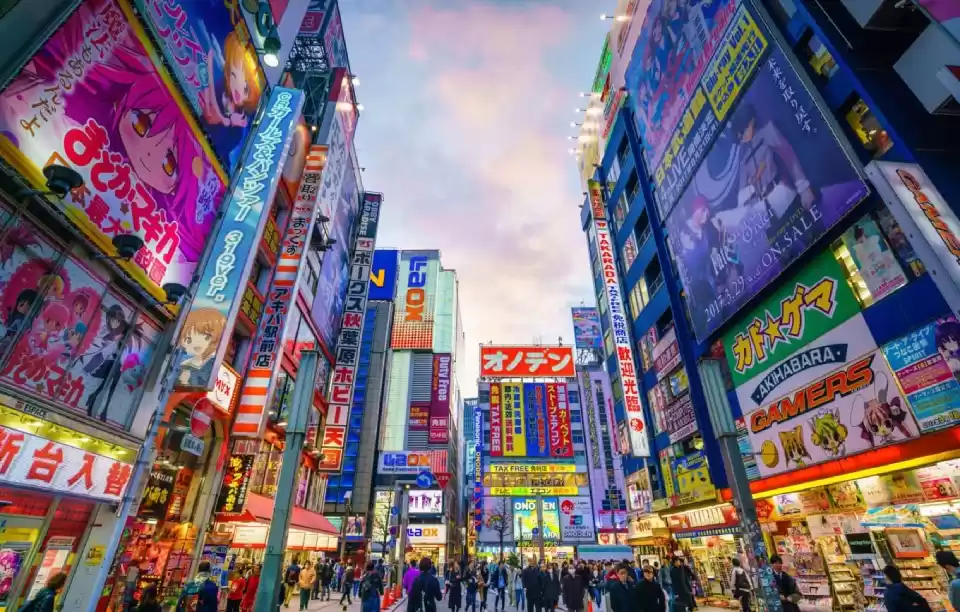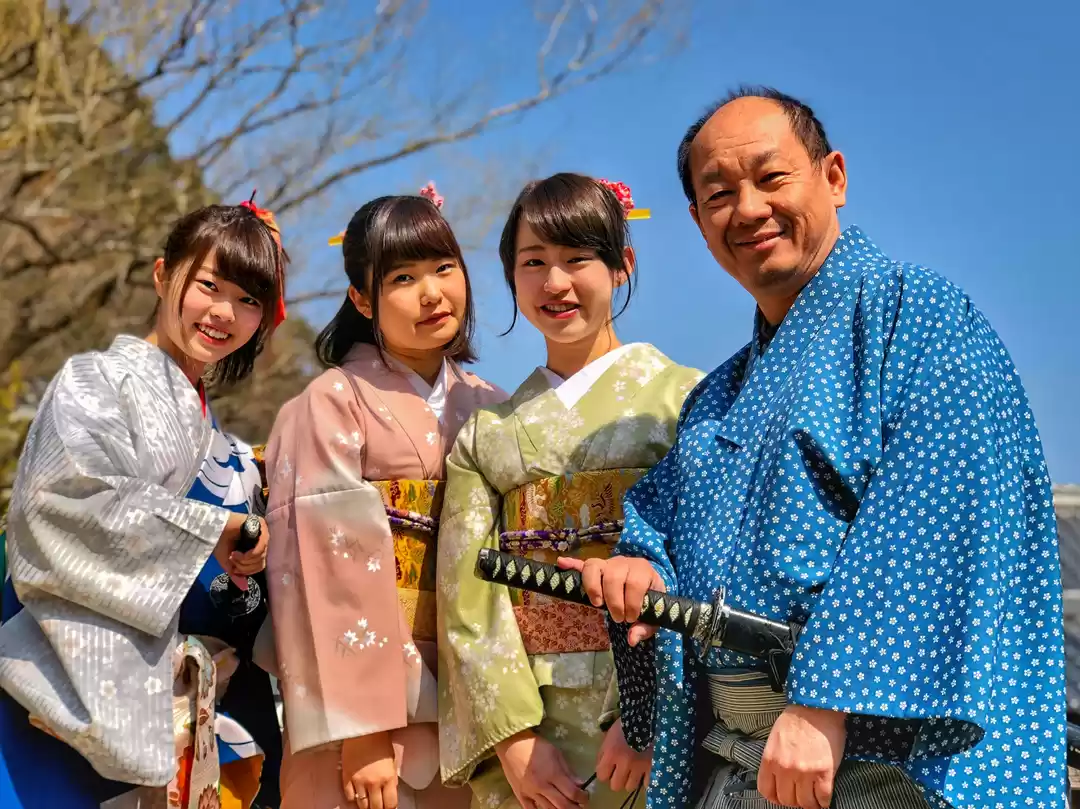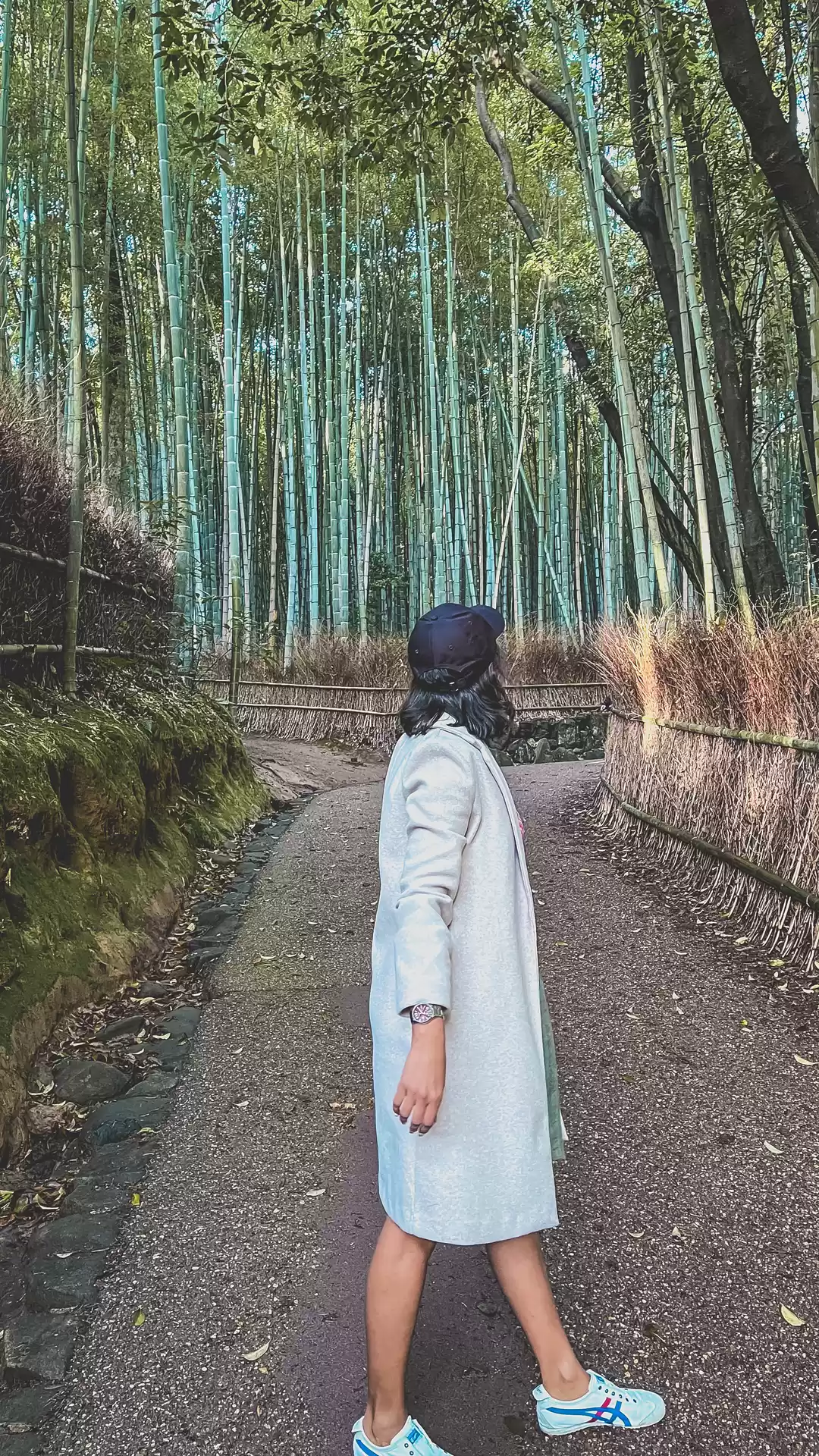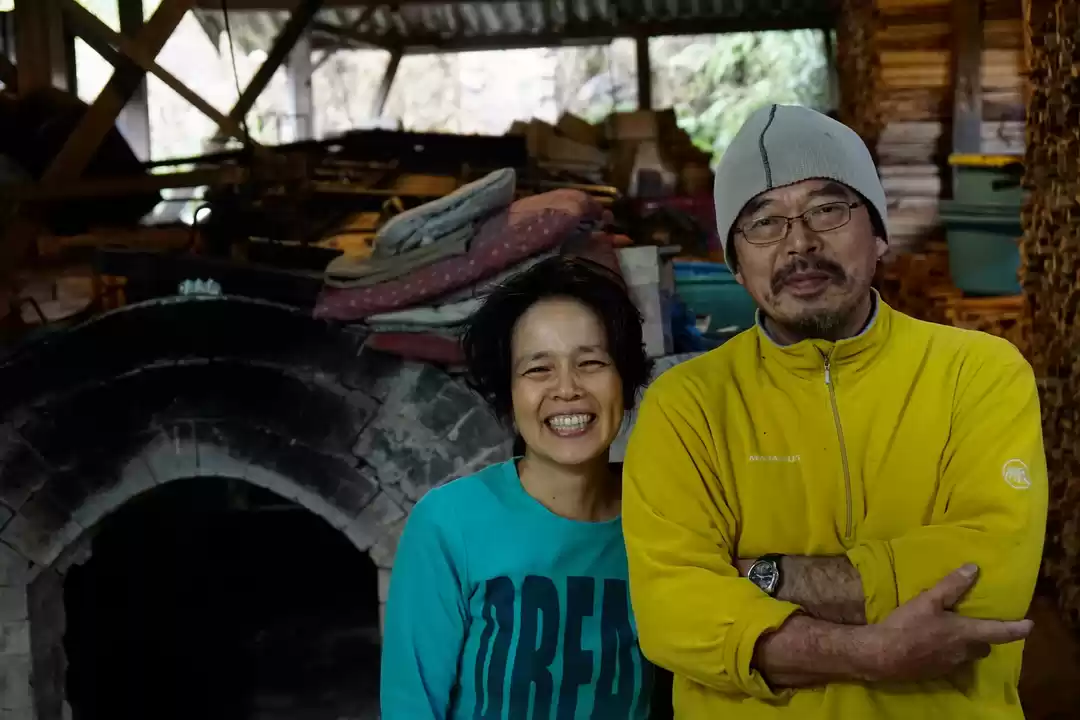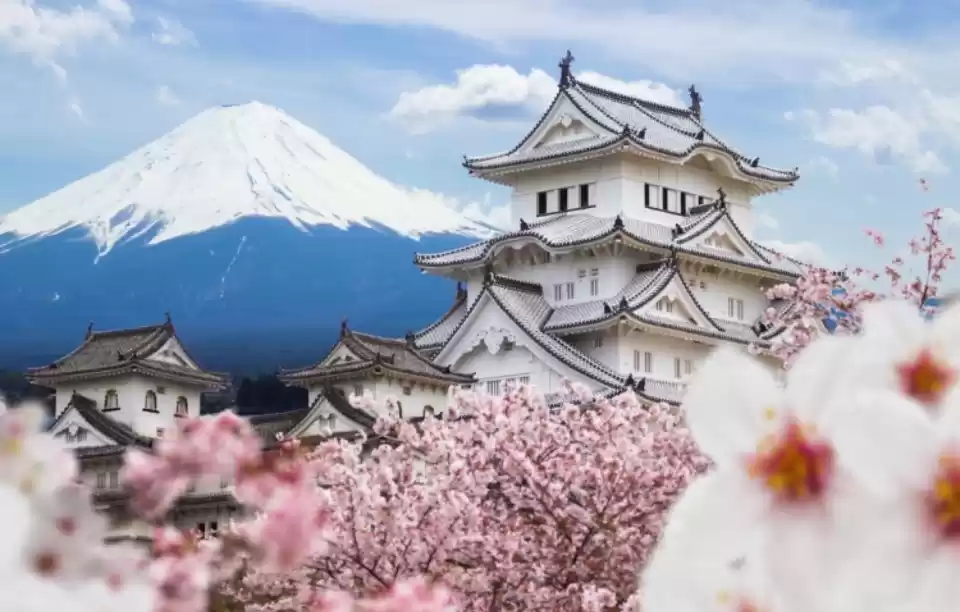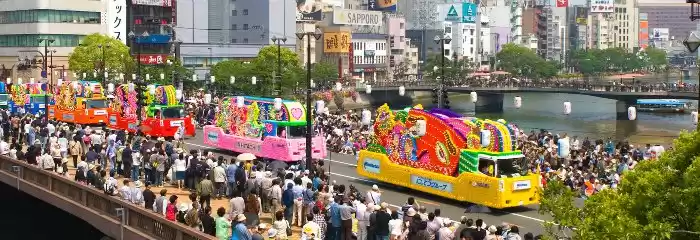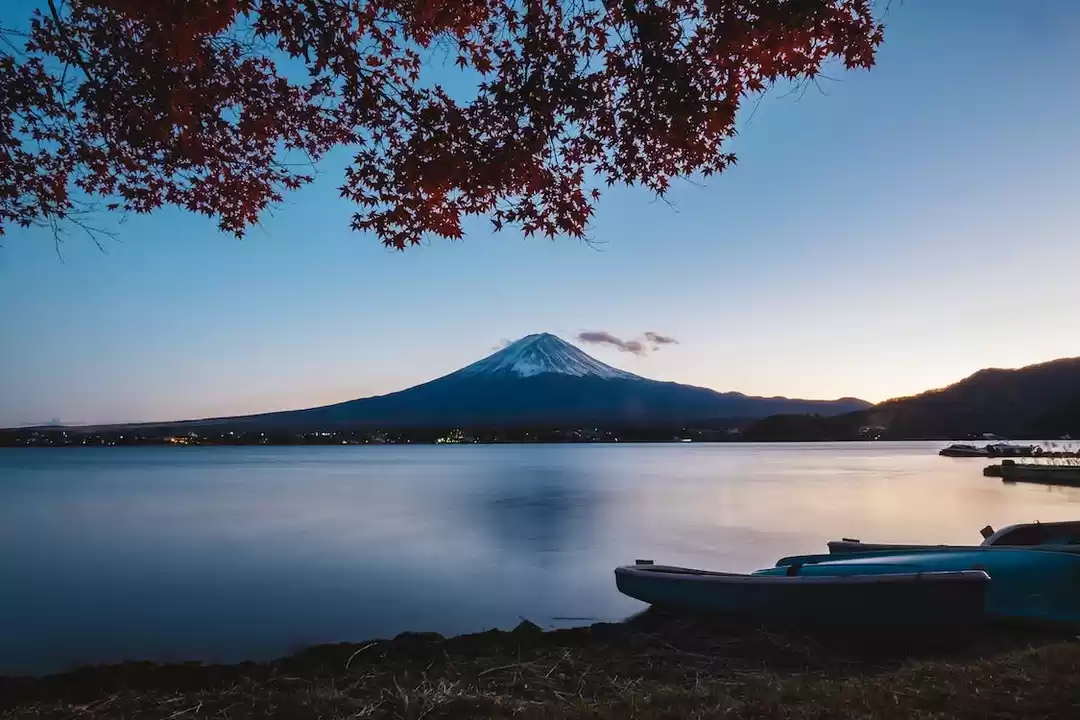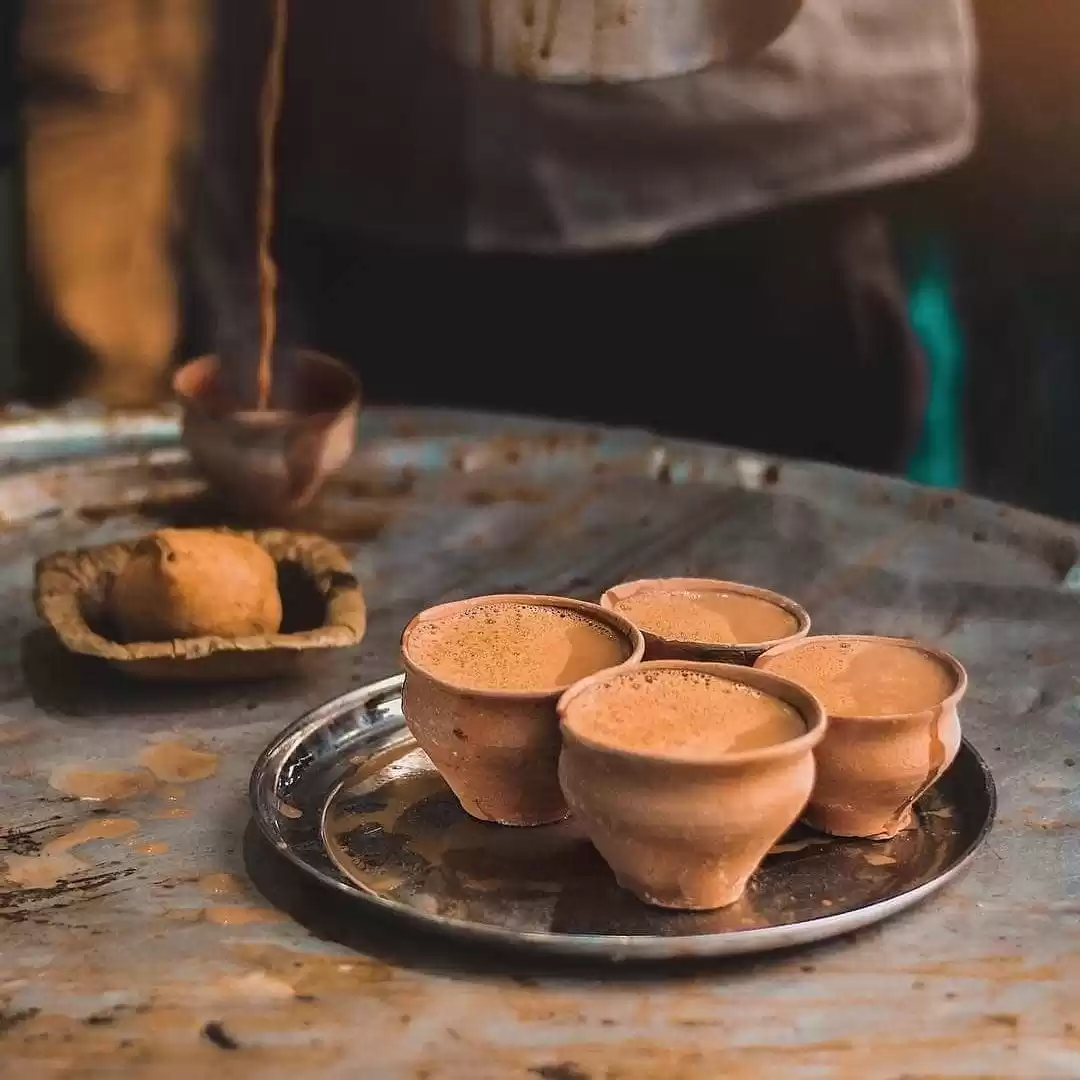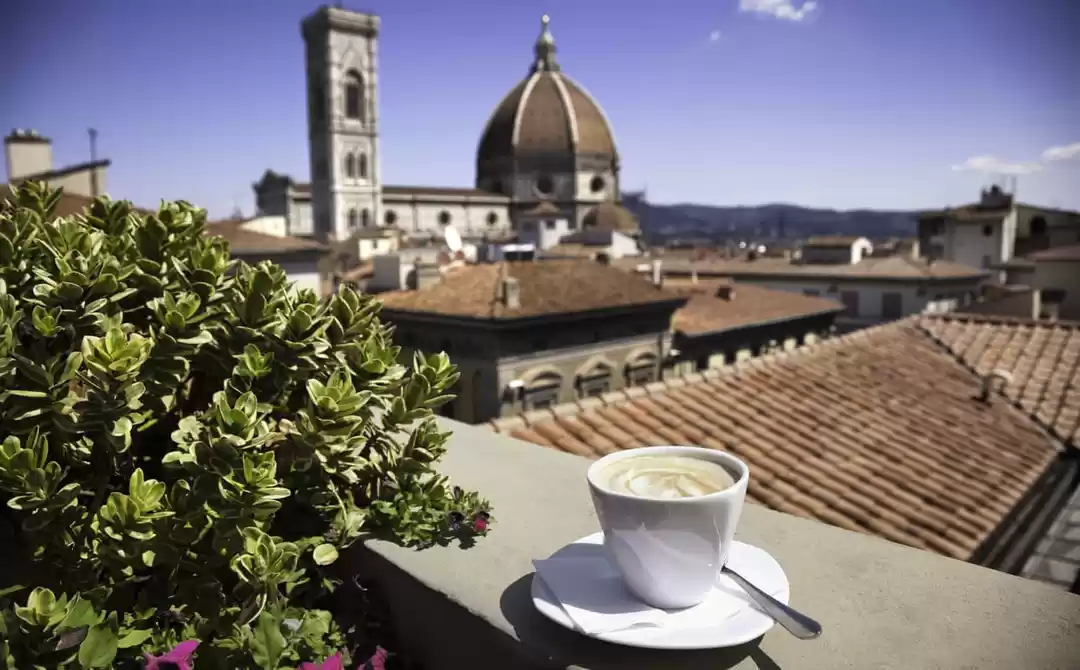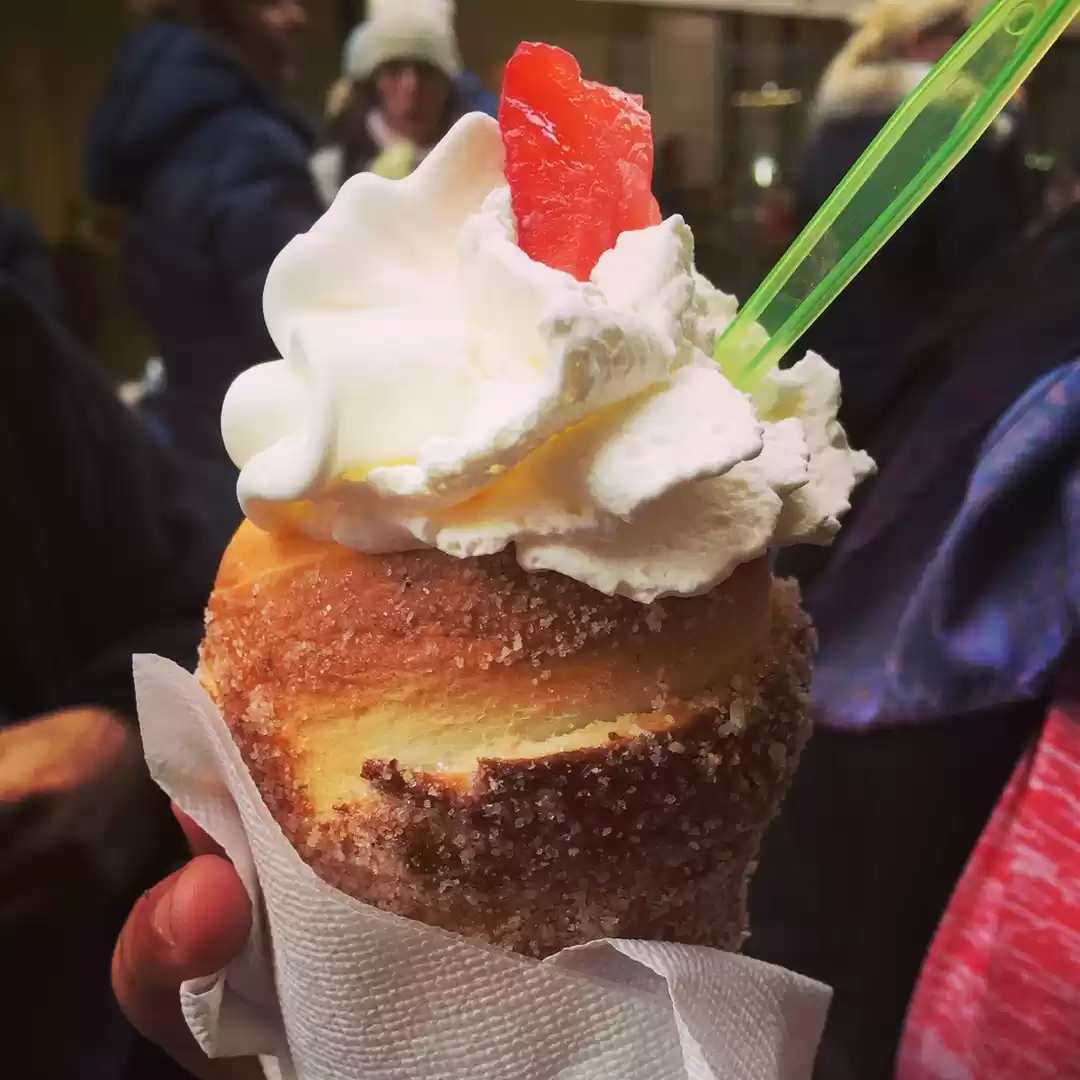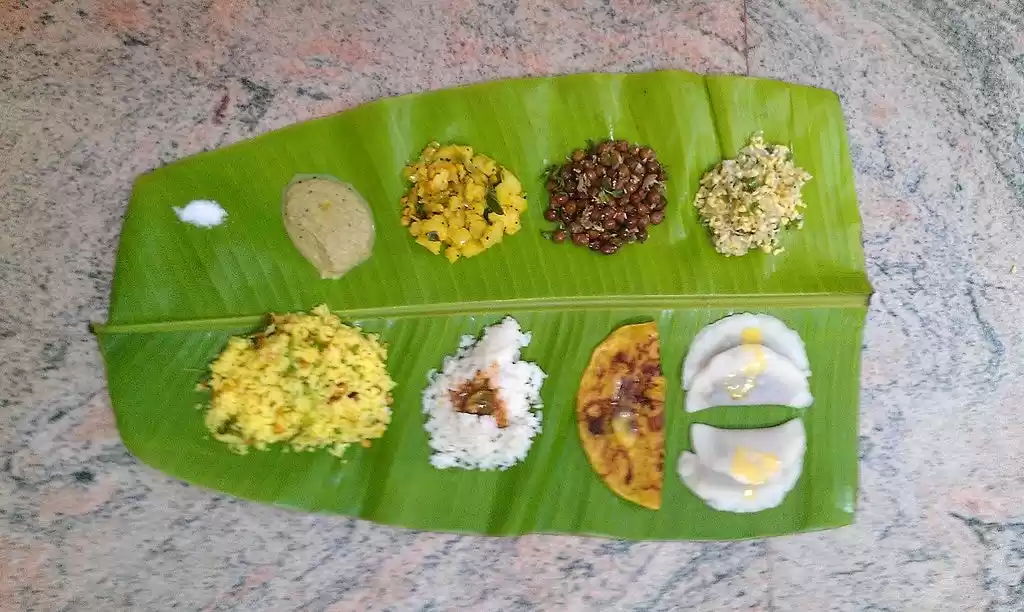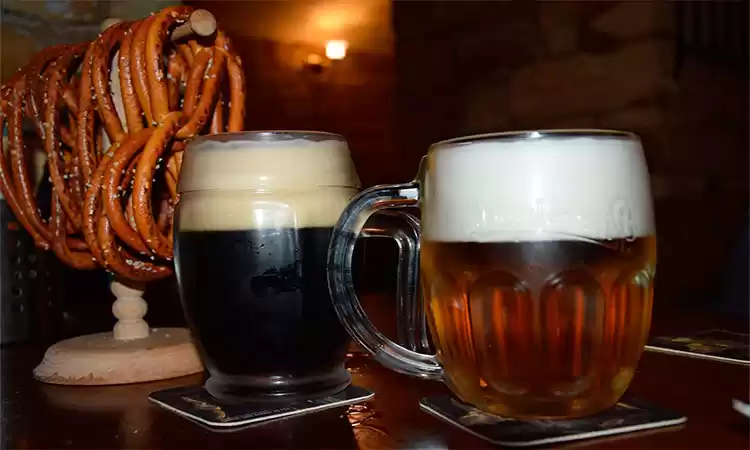
We never bought the concept of alarm clocks to start our day off with. The fragrance of freshly crushed ginger and cardamom, mixed meticulously with simmering pan of tea and left to brew on a light flame, was the wake-up call common across all households in the hills of Uttarakhand - my home. Sometimes I used to wonder if tea was something more than a beverage. Sometimes it played the role of a perfect ice-breaker to perfection, helping initiate conversation with strangers. Occasionally it held high the beacon of culture and traditions in remote settlements, the source of pride for locals in those regions. But mostly it played the role which it was always meant to play - that of a healthy, organic and pleasantly tasting source of refreshment, recharging your body's batteries through the day. A role which it has been playing meticulously across generations, across landscapes, transcending timelines!!
The more I travel the more I realize that a simple cup of tea is indeed a thread that binds us together across countries. It is fascinating to see how a simple beverage has managed to bridge the distances between all of us, bringing us all together around a table in that process. While for some this might be a known fact, the revelation for me started with the first country I ever traveled to -
1. It's a cultural thing - you'll understand
By now you would have definitely heard, read about or experienced the famous tea ceremonies of Kyoto or Tokyo (茶道, sadō or chadō). Tea of different varieties, both hot and cold, can be found literally everywhere in Japan - in restaurants, kiosks and vending machines. Green tea is the most common form of tea in Japan and you can never stay away from one - almost every restaurant will serve it for free after meals!!
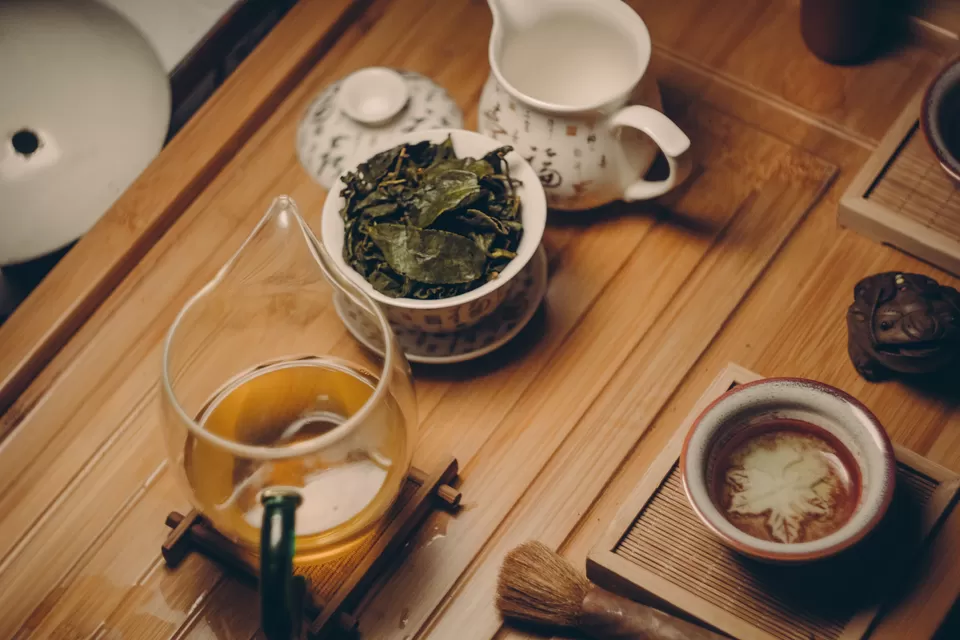
Ryokucha (green tea), Matcha (powdered green tea), Hojicha (roasted green tea), Oolongcha (a type of Chinese tea) and Kocha (black tea) are some of the most popular varieties you can find in Japan. Common preparation method involves brewing the tea in water till it releases all its flavor. In a country where hearty conversations can be difficult to come by, you'll find ocha (お茶) your best bet for an ice-breaker!!
2. The Three Sips of Life
"Although I just had my lunch, you know I cannot say no to tea - refusing it is almost a sin in my country, you see!!", he said, with a big smile on his face. Hamza was a guest of mine for 2 days in Bangalore during his travels across India, most of which he spent just talking about tea in Morocco!! I guess that is one of the reasons why I want to visit his country now.

A mix of mint, green tea leaves, and a generous serving of sugar, Touareg tea (also known as Maghrebi mint tea) is the common blend in Morocco. Interestingly, it is usually served 3 times to the guests and its flavor varies in each serving!! "First serving as gentle as life, second as strong as love and third as bitter as death", that's the gist of a typical Moroccan tea. Never refuse tea from a host if you are in Morocco - refusing any of the servings is rudeness of the highest order!!
3. The Drink in the North
All this time you probably believed wine to be a prime example of an acquired taste. Stranger, meet Po Cha. Po Cha, meet the bewildered Stranger.

You might confuse it with some king of soup, but butter tea or Po Cha is the lifeline in the cold Tibetan plateau. It is made by boiling Pemagul black tea for hours, adding milk, salt and yak butter and churning the mixture together for consistency. Watch out for your tongue as the tea is usually served really hot!!
4. Drink of the Gods
The only think comparable in strength to the mighty Andes in Argentina is probably their beverage of choice - Yerba Mate. It is a popular herbal tea and is a staple of Argentinian life. It is prepared in a small pot or dried calabaza gourd from which it's drunk through a special straining straw called a bombilla. You’ll see it everywhere, and it will only be a matter of time before you are offered some.

A word of caution - You should be careful of the many faux pas associated with drinking yerba mate. Stirring the tea with bombilla, for example, will be met with strong gaze of all the locals around you, so you might want to stay clear of that embarrassment!!
5. A drink forged over leaner years
Tea is the de-facto beverage in Russia and understandably so - most parts of the country enjoy proximity to the Arctics unlike many around the world!! Tea was made popular during the leaner years of Russia, when food was scarce and families had to be fed. Then came zavarka to the rescue - a loose-leaf tea concentrate brewed in a small metal container called a samovar. In this vessel, a very strong (usually black) tea is brewed and then served in large mugs. This brew is usually taken in small amounts and is then diluted with boiling water.
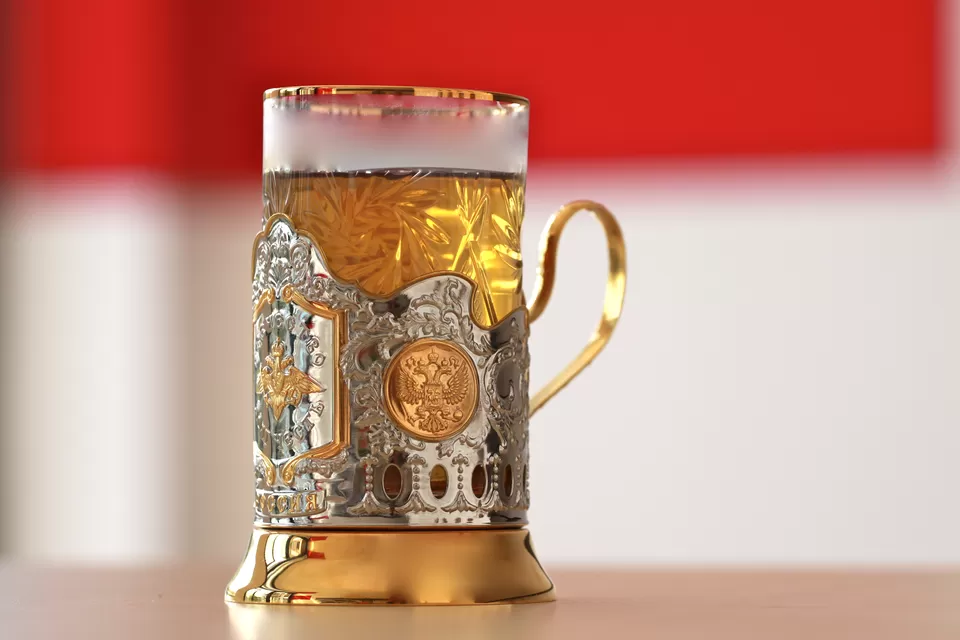
You may be offered milk or sugar with zvarka but you'll definitely get to taste the delectable cookies and crackers with your cup of tea. Not many in Russia would prefer to serve the tea naked, as serving tea without snacks is popularly called there, and run the risk of being seen as rude!!
6. Everything has to be about process...I get it!!
I always knew about the rich history and folklore surrounding Chinese tea spanning across centuries. But I was left astounded when Crystal made me count the different varieties of tea found in different regions of China, during our dinner time conversations at my place!! Keeping aside the elaborate Chinese tea ceremony, Gongfu Tea, you'll come across a new variety of tea in every corner of China you happen to travel to - at least that's what Crystal told me and I have no reason not to believe her.
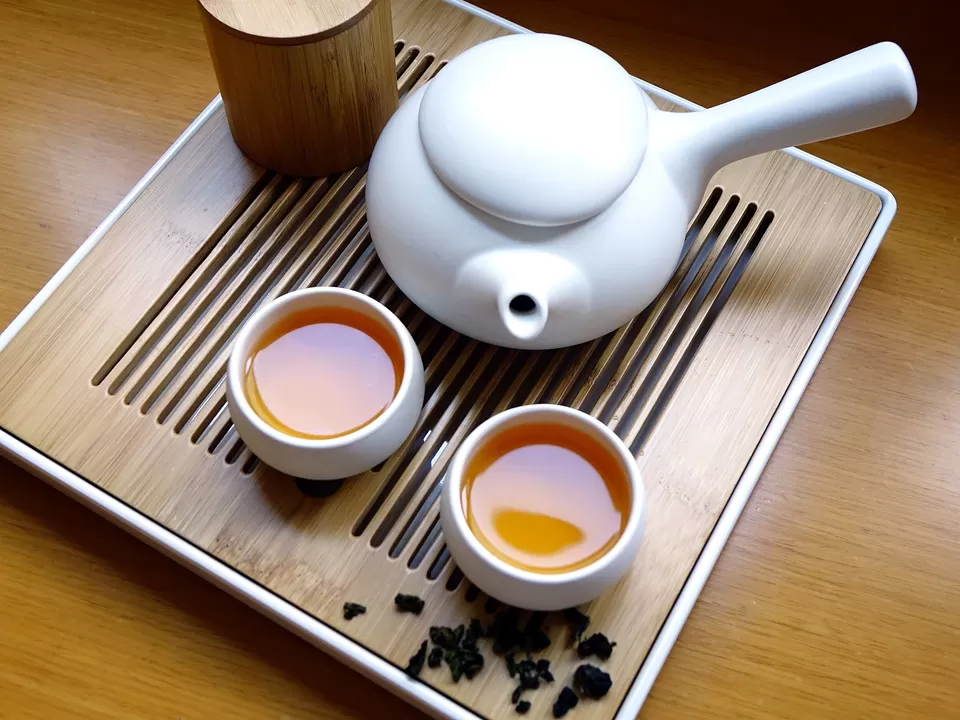
Longjing, from the village of this name in Hangzhou province, is the most famous variety of tea in China. Its refreshing chestnut aroma makes it easily recognizable. Bi Luo Chun comes a close second, with its dried leaves smaller in size but stronger in taste than Longjing. Wuyi Yan Cha (the Rock Tea) and Tieguanyin (Iron Goddess) are but few examples of other interesting varieties of tea with unique stories and history attached to their origins. Let's see how many you can uncover during your travels to China!!
7. Down the Silk Route straight into Chaikhanehs.
It was a matter of time that the news of tea as a popular beverage in the Indian subcontinent reached gulf. But it was only in 20th century that Iran finally started growing its own black tea, thus making tea a crucial part of Iranian culture. Such is the significance of tea in Iran that it is said you'll always find a kettle of tea brewing on stove in an Iranian kitchen!!
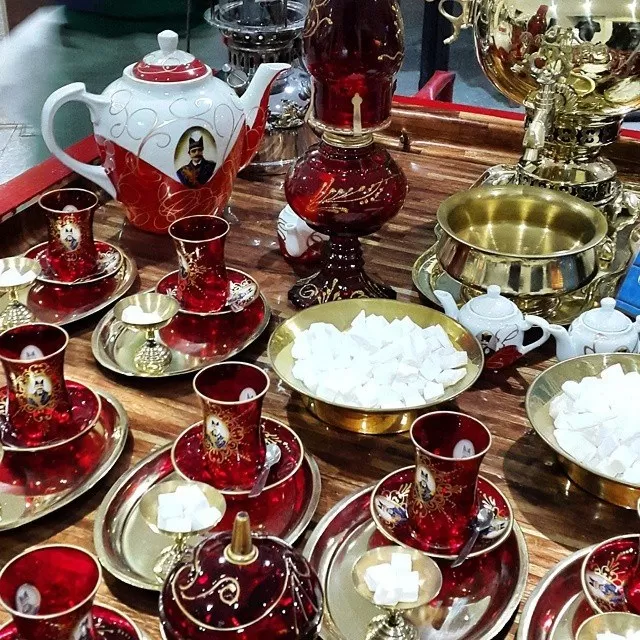
Iranian tea is generally very strong and is usually accompanied with a yellow candy nabat. You'll usually get sugar cubes to ease the bitterness - but there's a catch. Instead of mixing it, you are encouraged to put the cube between your front teeth and drink the strong tea through it!! I bet you did not see that coming.
8. The dance of the brews
Experience of Malaysian tea is more about visuals of its brewing process rather than its actual taste. Teh Tarik, or pulled tea in Malaysia is generally a mixture of black tea, sugar and condensed milk. But the fun lies in the showmanship of its brewing.

Quite well known to most of us Indians, Malaysian tea gets its distinct frothy texture by constantly pouring the tea from one mug to another, giving it time to get in contact with cool air. See it for yourself when you are in Malaysia and see whether they can match the skills of your average chai-wallah in your neighborhood in India - i bet you they can't!!
9. The thread that binds us
Tea is just one of the many common threads that bear testimony to the long history and culture we once shared with our brother from across the border. A chance to meet over tea in a Pakistani household, probably with families now settled in Europe, American or England, is a bonding experience unlike any.

Noon Chai is a particularly special blend of tea with strong elements of Kashmiri culture that is special to Pakistan. Mixed with pistachios, almonds, salt, milk, cinnamon, cardamom and anise, it has a signature pink color which makes it stand out. Since it is usually served on special occasions, it gives you all the more reasons to visit your Pakistani colleagues!!
10. Refreshing and, thankfully, non-alcoholic
Ask any of your friends about the best beverage they had tasted during their trips to Thailand, and I bet not many will utter Thai Tea as answer, which is unfortunate. Cha Yen, a blend of Ceylon or Assam tea, is an amber-colored Thai iced tea unique to this nation.

It is usually mixed with sugar, condensed milk, star anise, tamarind and orange blossom, topped off with evaporated milk creating an ombre effect. Sweet and spicy in taste, it is a perfect refresher for those hot summer days in Thailand.
Now that you're equipped with all the tea tips from these countries, don't come back saying you could not start off a conversation with locals!!
-------------------------------------------------------------------------------------------------------------------
From doing my bit towards the environment by working in future mobility research domain, often finding myself wandering aimlessly through landscapes and continuously seeking thoughtful conversations with travelers from across the world, I am a travel experience narrator at heart. I am a firm believer in the philosophy that a human should experience everything in his/her lifetime (for specialization is for insects....). So feel free to say "hi" to my photographer alter-ego @througharobinseye on Instagram, understand my emotions as I narrate my personal travel experiences at www.talesofarobin.wordpress.com or sing along with me @undrkn5trk5hn
-------------------------------------------------------------------------------------------------------------------



